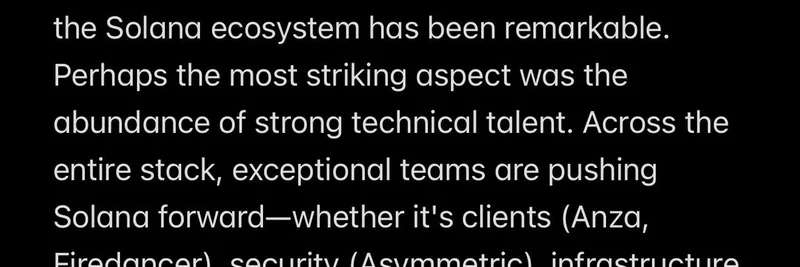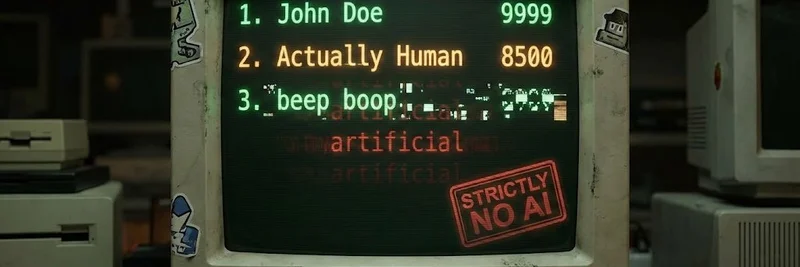Hey there, meme enthusiasts and blockchain explorers! If you’ve been scrolling through X lately, you might have stumbled upon a thought-provoking thread by Laura Shin, a well-known voice in the crypto and tech world. On July 1, 2025, she chimed in on a question posed by Ryan Sean Adams: “Why do the kids hate capitalism?” Her response dives deep into the housing crisis, particularly the role of NIMBYism (Not In My Backyard) in driving up costs and fueling frustration among younger generations. Let’s break it down and see how this connects to the broader economic landscape—perfect for anyone curious about the intersection of tech, society, and yes, even meme tokens!
The Bay Area Dream Turns into a Nightmare
Laura’s thread starts with a personal story. Back in the 1990s, she attended Stanford and fell in love with the Bay Area’s vibe. Fast forward to 2016-2018, when she returned, and the picture had changed dramatically. She was shocked to learn that university cleaning staff and maintenance workers were sleeping in their cars because they couldn’t afford local housing. This wasn’t just a random hardship—it was a symptom of a bigger problem: a massive housing shortage.
Over the previous decade, the Bay Area added about 800,000 new tech jobs, but hardly any new homes were built to match that growth. Imagine the population boom—workers plus their families could easily double or triple that number! With supply lagging far behind demand, rents and home prices skyrocketed, pushing out middle- and lower-income folks. Laura’s experience highlights how this imbalance turned a once-dreamy region into a place where even essential workers struggled to survive.
What’s NIMBYism Got to Do with It?
So, why wasn’t more housing built? Enter NIMBYism. This term describes people who say, “Sure, build homes—just not in my neighborhood!” Often, wealthier residents oppose new developments, citing concerns like traffic or declining property values. But as Laura points out, studies (like those from Green Mountain Habitat for Humanity) show affordable housing doesn’t hurt property values and can even boost them. Instead, NIMBYism often masks deeper issues like classism or a desire to keep things exclusive.
In the Bay Area, this resistance stalled progress. Cities like San Francisco and others turned to megaprojects to address the shortage (check out this SF Chronicle piece), but approvals, environmental concerns, and financing delays slowed things down. The result? A housing crisis that’s left young people—who often move to these areas for work—feeling squeezed out of the market.
The Economic Ripple Effect
Laura makes a sharp point about luxury housing: critics argue developers only build high-end units, which won’t help the average person. But she counters with basic economics—build enough units (even luxury ones), and the market gets flooded. With more options, landlords have to compete, driving rents down. It’s supply and demand 101! Research from ScienceDirect on China’s housing market backs this up, showing how increasing rental supply can stabilize prices. Yet, many still miss this logic, clinging to the idea that rents stay sky-high no matter what.
This shortage doesn’t just affect housing—it fuels economic inequality. Young people, often burdened with student debt and low entry-level wages, see homeownership as a distant dream. No wonder they’re questioning a system that seems rigged against them!
Why This Matters to the Meme and Blockchain Crowd
You might be wondering, “What’s this got to do with meme tokens or blockchain?” Well, a lot! The housing crisis is a hot topic in decentralized finance (DeFi) and tokenized real estate projects. Some blockchain innovators are exploring ways to tokenize property or create fractional ownership, making housing more accessible. Plus, the frustration with traditional systems—like capitalism gone awry—drives interest in alternative economies, where meme tokens and crypto communities thrive. It’s all connected!
A Call for Change
Laura’s thread ends on a defeated note, but it’s also a wake-up call. Cities like New York, with their proactive 2030 housing plan, show it’s possible to plan ahead. The Bay Area’s story is a cautionary tale for other urban hubs. As young people voice their discontent, solutions like building “obscene, comical amounts of housing” (as Zac from the thread jokingly suggests) might just be the radical fix needed.
So, next time you’re trading a meme token or diving into a DeFi project, think about the bigger picture. The housing crisis isn’t just a local issue—it’s a global challenge shaping the future of work, wealth, and yes, even the crypto world. Got thoughts? Drop them in the comments, and let’s keep the conversation going!



